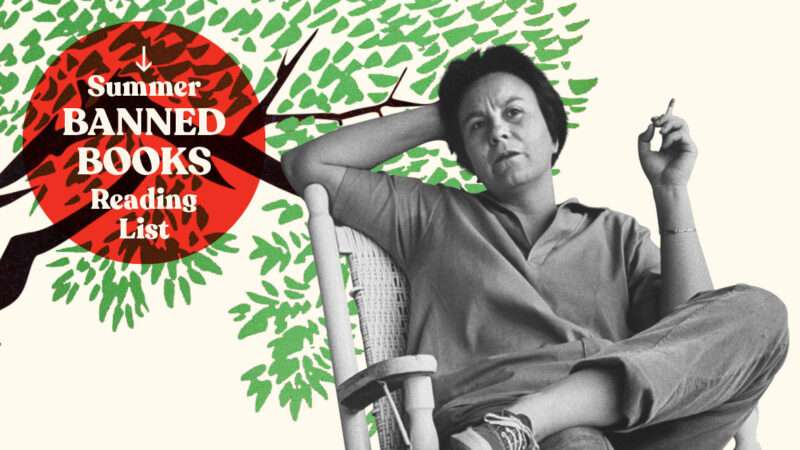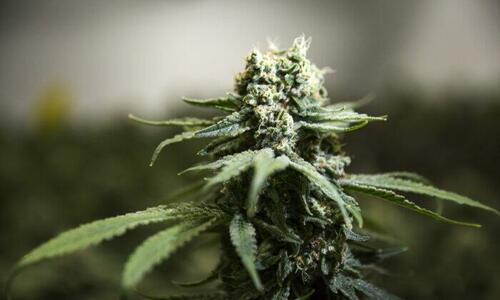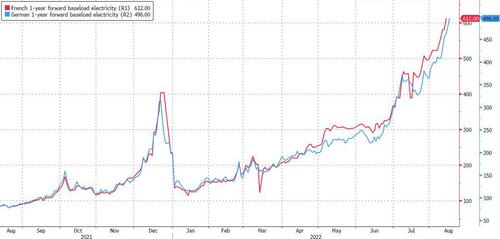Authored by Bill Blain via MorningPorridge.com,
“The Long Hot Summer just passed me by….“
Winter is coming as soaring gas prices are set to bite across Europe. Putin’s energy insecurity strategy has proved his major success and could yet win him the Ukraine War. Stagflation is nailed on it Europe.

There is a definite hint of autumn this morning; a heavy dew, mist on the river, a chill in the air even though we know it will hit 30 degrees later, and a growing sense the year has turned. As temperatures drop, it’s time to think about winter power.
But first, a short aside to start the week: Wasps (Vespula Vulgaris)
Wasps fascinate and terrify me in equal measure. They are evil personified, yet perfectly designed and as important for our ecology as bees. They are critical pollinators, and provide excellent garden pest control. They are impossible to domesticate. Wasps and Humans interreact best by staying out each other’s way.
Through the Wasp-year the workers collect meat to feed to their larva which in return exude a sugary treat the adult yellowjackets crave. (Adult wasps are vegetarian.) In late summer Wasp Nests go into decline – the new queens mate and fly-off, the old worn-out queens die, no more eggs are laid, and the last generation of worker Wasps turn feral searching for sweet stuff, becoming a pest at picnics. Some years they become a real problem when they feast on rotting fermenting fruit – effectively getting drunk and thus more aggressive. By the end of Autumn the nest will have died completely. It’s a somewhat dystopian life-cycle – but next year the new queens will emerge from their winter hiding holes and start again.
It’s been a great summer for Wasps – from their perspective. This year I notice they are still foraging for meat – we watched them strip some chicken to bone in moments last night – suggesting the nests remain healthy and thriving, which means more of them will survive into the late summer rotting fruit booze up and stinging season. The solution – baited traps with cider and jam.
What have wasps got to do with markets?
Like all things Wasps are a story of balance – when conditions are right… they thrive, causing consequences – more stings. In the South of England, the hottest summer on record means more wasps than usual. In the North of Scotland it’s been cold and wet, and none to be seen. Come the winter, Wasps are a problem largely forgotten.
What about markets? How much in balance are they? This winter is going to be an economic shocker.
As said before markets are a game of multiple inputs. The US is on a completely different recovery path to Europe – yet western economies remain closely linked.
The big question: stocks staged a bear market through H1 2022, but then the trend flipped. 4 weeks of unparalleled gains since Mid-July leaves the S&P 500 17% up. Is it the first leg of a new bull market, or a bear trap? The stock optimists say US inflation has peaked – the first sign being last week’s slowing in the pack of Consumer prices, that US jobs remain strongly bid and declining oil prices show the energy crisis is passing. (Bond markets – and in bonds there is truth – are still rising in yield term..)
Oil prices in the US may be declining.
Gas prices are not. Gas provides nearly a quarter of European Energy – over 40% of it comes from Russia. European gas prices are still rocketing higher, a massive crisis for economic activity where gas prices are an unbelievable 600% up on the year, with no sign they will ease. It’s the biggest economic threat to Europe since 1939. We’re all aware it’s the result of massive energy security miscalculations across the continent:
-
Germany assumed Russian Gas would always be cheap, available and plentiful.
-
The Netherlands and Italy assumed Gas would always flow through Germany and winter reserves could be built up during the quiet and cheap summer months.
-
The UK neglected energy storage and the development of domestic Gas as a transition fuel, and assumed Gas supplies would always be available on the open market – failing to foresee the possibility of massive disruption events.
-
France is struggling with Nuclear Power – half the French reactor “fleet” is currently idled.
-
Across Europe Nuclear has been painted as wrong and non-green, development of new nuclear power has generally stalled or become too expensive.
Already consumers are experiencing massive shocks in terms of their monthly power bills, but the brutal reality is the Long Hot Summer means we’ve barely experienced the real consequences of the soaring Gas price shock. The costs already hurt, but the economic damage could be crippling. It will become unavoidable. Crisis approaches… and soon. Winter is coming…
Vladimir Putin could not have planned or executed his crippling energy strike on Europe better.
While we promise ourselves Western Sanctions must be impacting Russia, the reality is Europe’s problems are about to get much, much worse through the run up to Winter. What possible incentives does Russia have to increase Nord Stream 1 supplies from their current 20% of capacity? They can feed Europe 1/6 of the Energy they delivered in January this year, and still make as much – selling the rest to the very many nations that have failed to condemn to assault on Ukraine. They may decide to cut supplies completely even as planned maintenance in Norway’s gas infrastructure cuts supplies.
A dismal European winter is coming, and European politicians will do anything to avert it. That will include appeasement – putting pressure on Ukraine to come to a deal with Russia that allows Putin to end the war looking like he achieved something. It would be a major long-term blow to Europe – knowing we’d had to cut a deal with the Devil, and would not immediately solve the West’s reliance on Russian power. (It could take 3 years before Europe can eliminate its reliance of Russian gas with new gas distribution infrastructure – but it can be done!)
Power cuts, factory closures, business crisis already appear nailed on. It’s difficult to contemplate German workers welcoming job losses and stagflation, plus the expectation they pay the costs of Southern Europe to cope with the Energy war – but that’s effectively the ECB strategy: to balance European debt market credibility with German money to support Italy’s debt weakness.
While there may be many good reasons and indications to accept the US economy has already passed the nadir of economic woe for this year, the instability engendered by rising European energy prices, the threat of autumnal and winter power outages, combined with rising industrial strife across Europe as inflation and power trigger rising wage demands… means the whole Western Economy is going to struggle. It’s difficult to envisage the US market thriving when Europe is suffering a potentially crippling winter of stagflation and economic strife.
At its most basic the strength of an economy boils down to how much consumption is occurring. Are consumers spending – do they have money to spend? Are companies investing? Is the government boosting economic activity through fiscal policy?
Consumers are in shock after the energy price shock and rising interest rates have put credit-addicted lifestyles on hold. Governments are trying to rein back spending on fears hefty debt loads and the looming threat of inflation will destabilise their economy: the virtuous sovereign credit of i) political stability, ii) steady bond market, iii) and a stable currency are under increasing threat, while corporates are looking at consumption and shaking their heads on new investments. How are government’s responding? With more austerity! We are doomed…
Europe looks a lot like a wasp’s nest at the end of summer – things may get substantially more painful.





